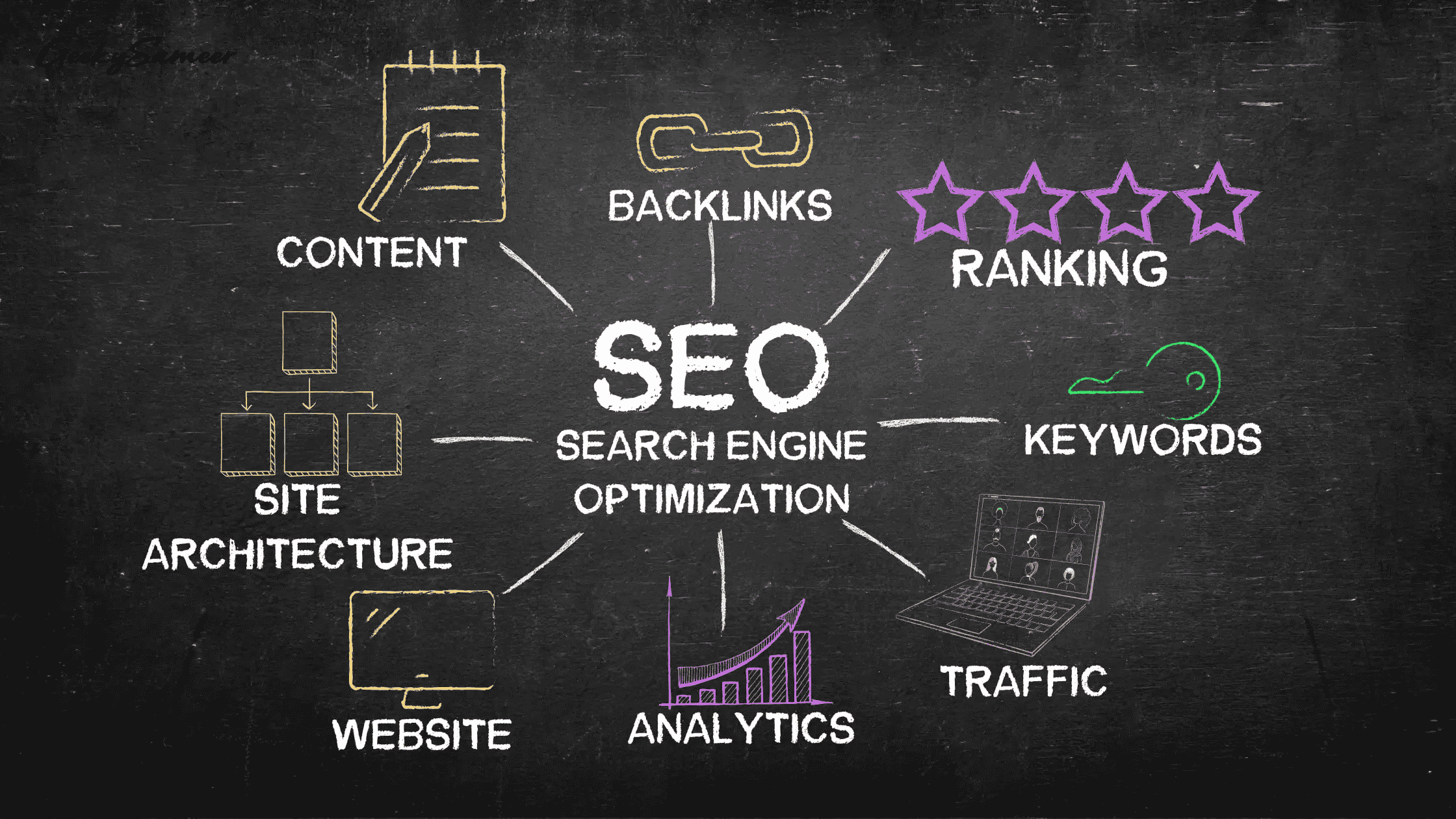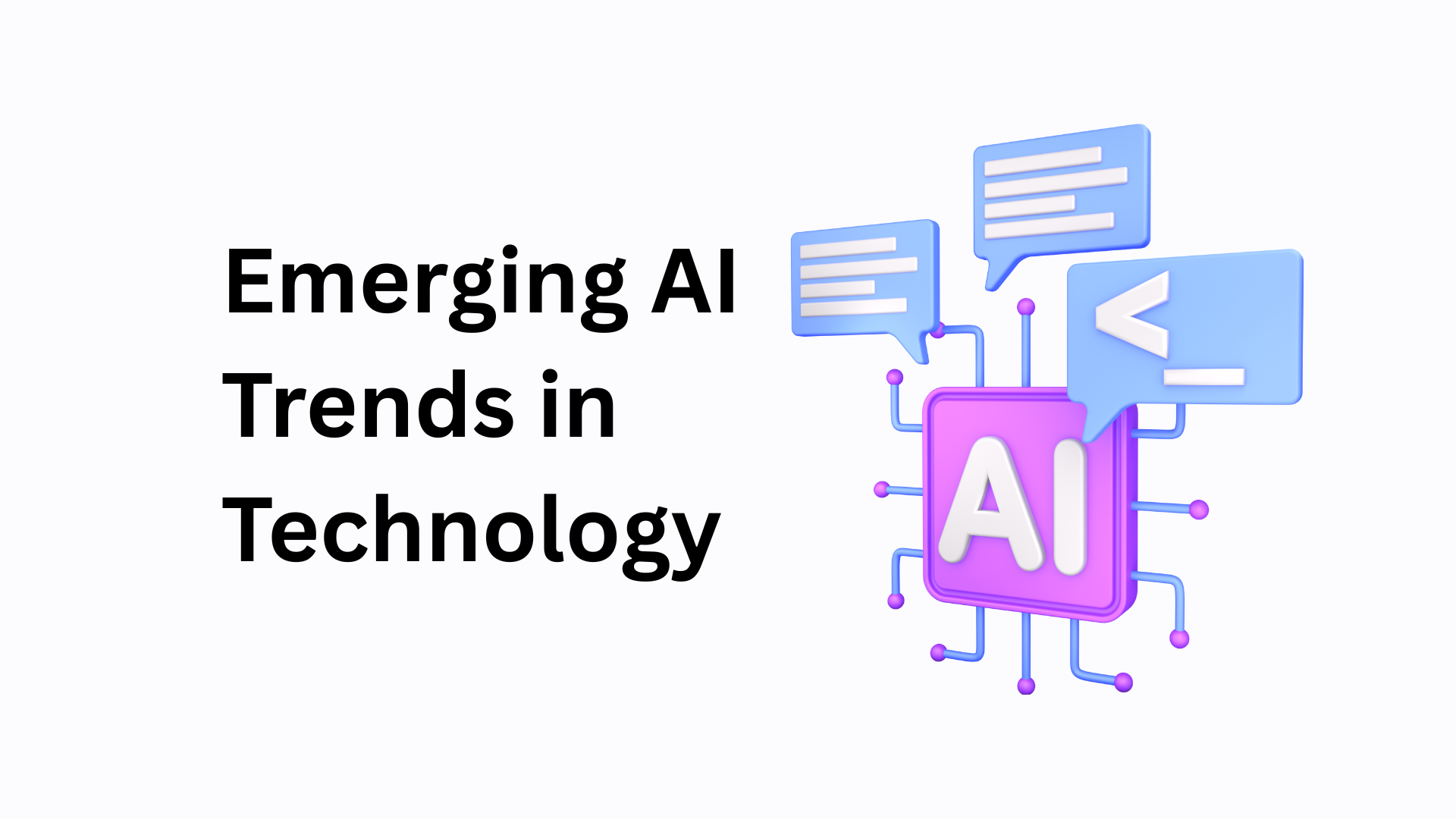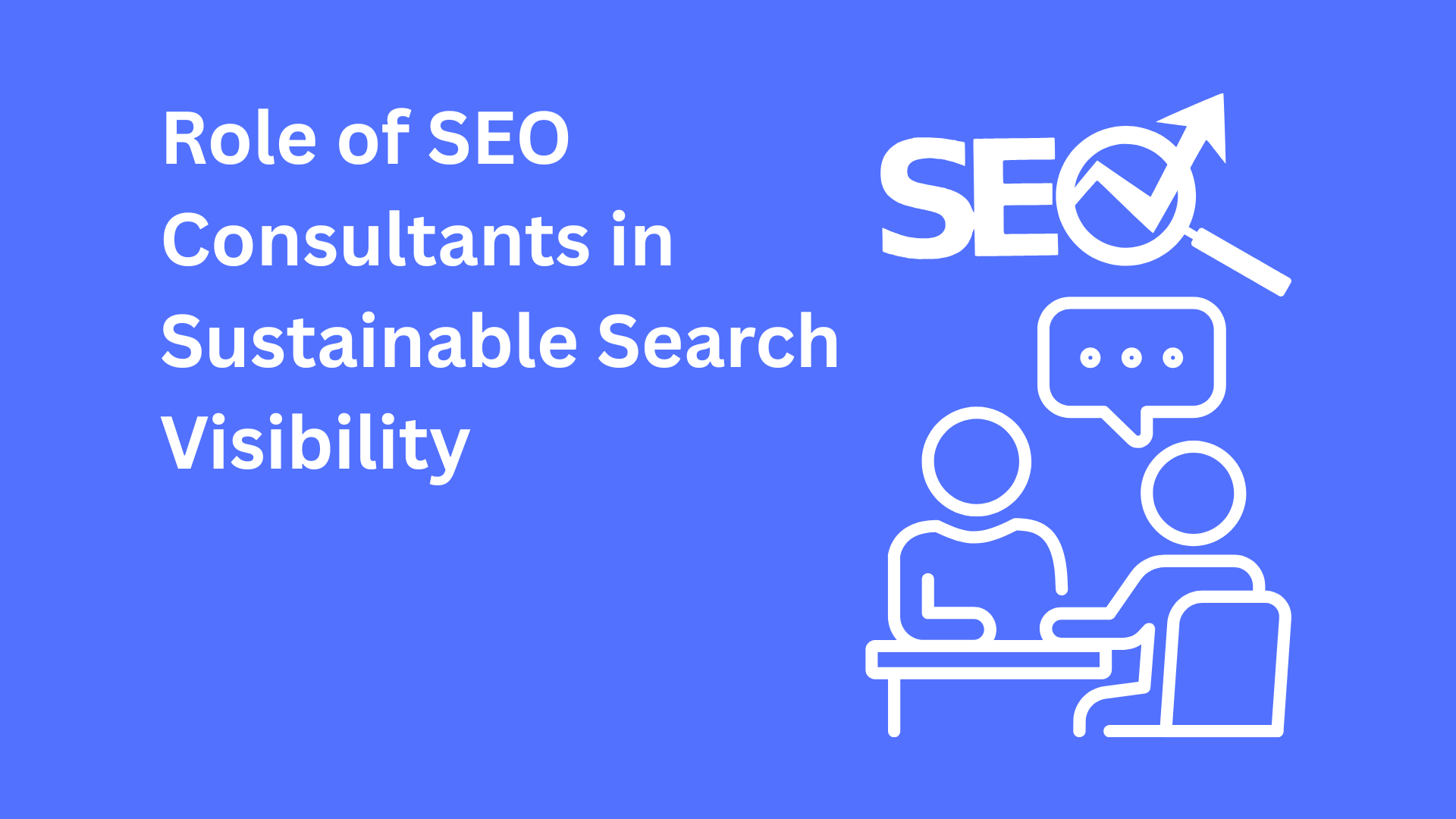Building AI-Driven Chat Forms: The Future of Interactive Lead Capture
In a world where every click counts and forms represent the single largest point of friction in your conversion funnel, the traditional lead-capture form is showing its age.
The current landscape asks for lead generation with more effective forms, not the static “Name/Email/Company size/Budget” forms.
The next frontier? AI-driven chat forms; conversational interfaces that mimic human-like dialogue, qualify leads naturally, and adapt based on context and intent rather than forcing a one-size-fits‐all flow.
They represent a shift in how you engage visitors, how you capture leads, and how you build trust.
In this article, we’ll compare static forms vs. AI-powered chat interfaces, explore how large language models (LLMs) and adaptive logic empower smarter lead capture, highlight UX best practices, and point you toward training resources, so your team can build this reliably.
Why Static Forms Still Fall Short
Let’s start with the baseline: the static form. It typically consists of a fixed set of fields, such as name, email, company size, and budget, presented in the same order for every visitor. And while that’s been standard, it has three core limitations:
- One-size-fits‐all logic. Every visitor is treated the same regardless of their context: whether they are a returning enterprise buyer or a first-time browser, the flow remains identical.
- Friction and abandonment. Long forms or irrelevant fields increase friction. As the Baymard Institute notes, forms with more than about 14 fields often experience steep drop-off rates.
- Poor qualification. Even when a visitor completes a static form, you often capture data that doesn’t meaningfully signal purchasing intent. That means more leads but not better leads.
In contrast, AI‐powered chat forms promise a more relevant, adaptive experience, reducing friction, increasing engagement, and improving quality. This is why having high-converting multi-step forms is essential.
What AI-Driven Chat Forms Look Like
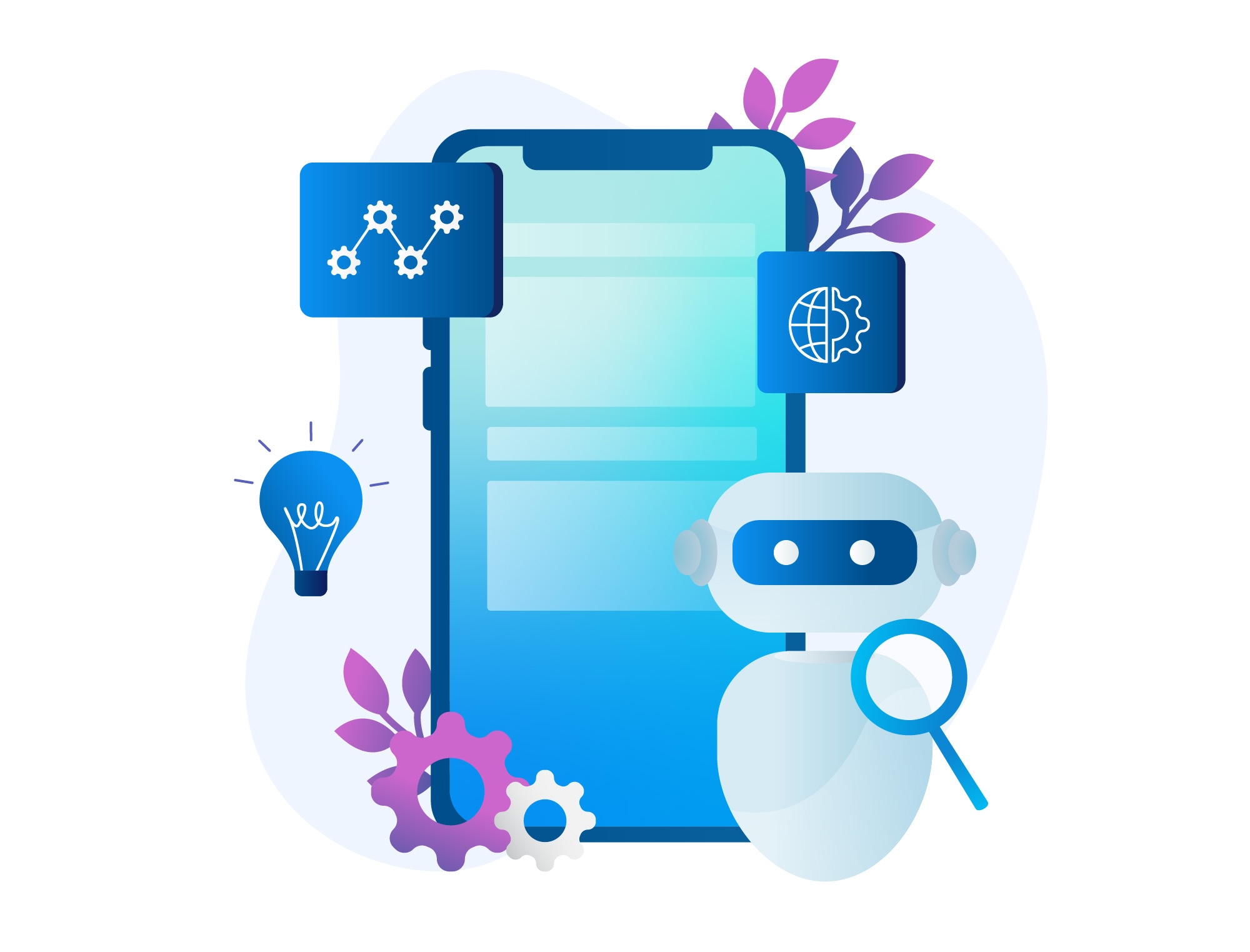
Imagine a visitor lands on your pricing page.
A chat bubble appears, “Hi! I noticed you’re checking our Enterprise offering. How can I help today?”
The visitor replies, “I’m looking for pricing for our team of 200.”
The system immediately adapts, asks a budget question and a timeline question, skipping basics like “What is your name?” because perhaps the user is already logged in or you already captured that via cookie.
In this way, the chatbot helps generate leads by using intelligence behind the scenes:
- Natural language input and interpretation. The visitor types free text; the system extracts intent, entities, and context.
- Adaptive questioning and flow. Based on context (user type, referral source, behaviour), the system chooses the next question dynamically rather than presenting a fixed list.
- Qualification logic built in real time. High-intent visitors see deeper questions; casual browsers may get fewer fields or even be offered a demo link directly.
- Autofill and pre-population. Known data (from CRM or prior visits) is pre-filled; unknown fields are asked conversationally.
- Fallback/hand-off to human. If the system cannot parse input, or the user requests human assistance, the chat form gracefully hands off.
As the Nielsen Norman Group puts it: “Conversational UIs have the ability to adapt to the user’s context and exploit natural language, but only when the design supports meaningful fallback and context‐aware logic.” With the right architecture, a chat form isn’t just a gimmick; it can become your lead-capture engine.
Static Form vs. Chat Form: A Direct Comparison
| Feature | Static Form | AI-Driven Chat Form |
| Flow logic | Fixed question list | Adaptive flow based on user intent and context |
| Qualifying questions | Same for all visitors | Tailored depth based on inferred intent |
| User effort | Often high (many fields) | Lower effort; conversational UI and autofill reduce typing |
| Engagement | Passive (“please fill out”) | Interactive (“let’s talk about you”) |
| Data quality | Mixed; often broad | Higher signal; deeper qualification for high-intent users |
| Human hand-off | Rare or manual | Built-in; seamless transition when needed |
The verdict: static forms still work, but chat forms provide an opportunity to increase both conversion and lead quality simultaneously.
Why Chat Forms Improve Both Conversion and Qualification
Reduced friction
When the system asks only what’s needed, and in a human-friendly way, users are more likely to complete it. The conversational flow feels less like a form and more like help, reducing cognitive load and abandonment.
Context-aware relevance
By adapting questions based on the page visited, device, referral source, or prior behaviour, you meet the visitor where they are. For example, if a visitor from a blog reads content about “enterprise onboarding time,” the chat form can ask, “Are you evaluating for a team or enterprise?” rather than the generic “What size is your company?”
Better qualification logic
Because the system can branch, you can differentiate between casual interest and high-intent visitors. High-intent users might answer budget/timeline questions, enabling you to route them to your sales team quickly; low-intent captures may be routed to nurture lists.
Data richness
Conversational logs provide rich data, free-text responses, pauses, back-tracking, and even emoji or sentiment clues. With analysis and ML, you can extract signals beyond checkboxes and dropdowns.
Ongoing learning
Chat forms can incorporate machine-learning and natural-language understanding engines that learn over time. Patterns of behaviour, drop-off points, and user journeys can inform improved flow design without manual tweaking every week.
Building an AI-Driven Chat Form: Step by Step

Step 1: Define your lead capture goals
Understand what you want to capture: demo requests, enterprise leads, newsletter subscriptions. Define qualification metrics (company size, budget, timeline). Static forms should already do this—but chat forms allow flexible paths.
Step 2: Map out user journeys and segments
Identify user entry points (pricing page, blog post, product detail). Segment new vs. returning customers, mobile vs. desktop, referral vs. organic. Decide which segments require deeper qualification and which can have lighter flows.
Step 3: Design conversational flows and branching logic
For each segment, design a conversation map: greeting → clarification question → qualification branch. Example: “Hi! Are you here for our Startup plan or Enterprise?” Branch accordingly.
Step 4: Integrate with AI/LLM/NLU engines
Use a natural-language understanding engine to interpret free-text input (“I’m looking for a team of 50”) and extract entities (team size = 50). Use a language model to adapt micro-copy or rewrite follow-up questions. Teams new to this space can explore Essentials of Large Language Models to understand how LLMs interpret intent, structure context, and improve conversational accuracy.
Step 5: Set up autofill & CRM integration
Where you have known user data (via cookie, prior login, CRM), prefill fields or skip them in the conversation. Example: “I see you’re with Acme Corp, correct?” This reduces effort and increases confidence.
Step 6: Add fallback/human hand-off logic
Always include a way out: if the system cannot interpret, or if the user chooses “I’d rather talk to a person,” the form should hand off. Also, humans can review and refine the conversation logs.
Step 7: Train & refine using data
Log conversation transcripts, interaction metrics (time per question, hesitation, blank responses). Use this data to refine NLU models, adjust wording, remove questions that cause drop-off, and improve branching logic.
As one expert put it: “Optimization is not about one big change, but many small refinements based on real user behavior.”
Step 8: A/B test and measure
Compare the chat form performance to static forms. Metrics to measure: completion rate, lead-quality (e.g., demo requests), time to submit, bounce rate. Use controlled testing to validate uplift.
If you want to create a prototype before full deployment, try Build an AI Chatbot. It provides hands-on guidance for building, training, and testing conversational systems that can later evolve into advanced lead-generation chat forms.
UX Best Practices for Chat Forms
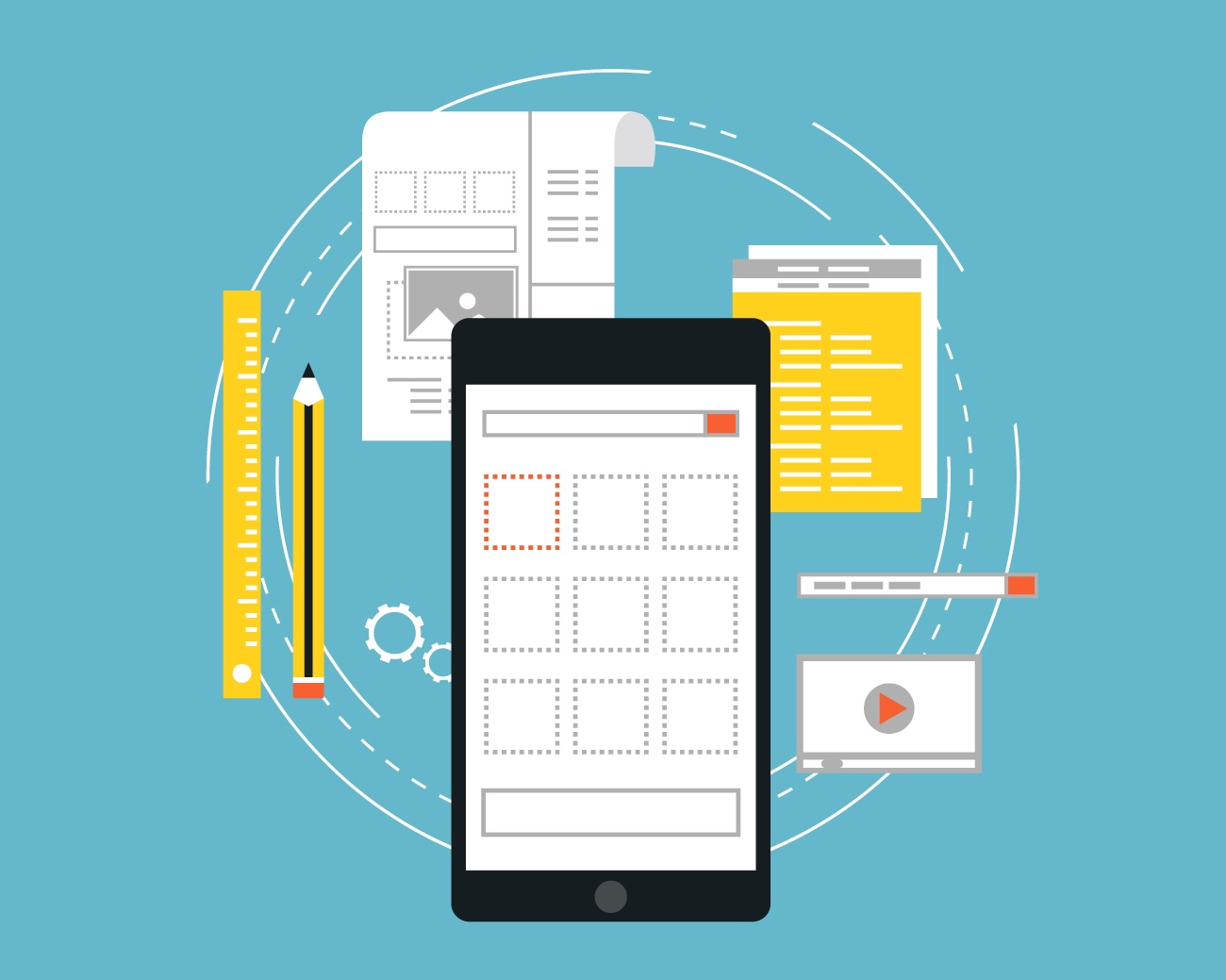
Good chat forms must follow UX fundamentals, not just AI. Expert research emphasises that “users always value clarity, control, and the ability to predict what comes next.” With chat forms, you must:
- Use clear, human-friendly language. Avoid jargon or overly robotic tone.
- Provide status cues. Let users know where they are in the conversation.
- Respect user agency. Offer “skip” or “back” options; don’t force loops.
- Optimize for mobile. Chat UIs shine on mobile; make sure buttons are large, scroll is smooth, and input fields are easy.
- Ensure accessibility. Conversational UI must still work with screen readers, keyboard navigation, and voice input.
- Don’t over-personalise initially. If you start by saying “Welcome back, [Name]!”, users might feel that you’re tracking them too closely. Provide value first.
Also, remember Baymard’s finding that forms stop users when too many optional or complex fields exist. So, even in chat flows, keep qualification balanced.
Example Use Case: AI Chat Form in Practice
Scenario: A B2B SaaS platform offers both “Startup” and “Enterprise” tiers. Previously: static form with 8 fields. Completion rate: ~18%. Lead-qualification conversion (demo booked) was ~20%.
New Chat Form Flow:
- The visitor lands on the “pricing” page; chat bubbles appear with greetings.
- Chat question: “Are you exploring our Startup plan or Enterprise solution?”
- If Startup: ask 4 questions (“Email”, “Team size”, “What challenge are you solving?”, “Want a 5-min demo?”)
- If Enterprise: ask branching ~6-8 questions (“Company size”, “Budget range”, “Timeline”, “Stakeholders”, “Need custom onboarding?”)
- Behind the scenes: the system uses behavioural signals (past visits, referral, scroll depth) to decide which branch and whether to offer a human-hand-off.
- On mobile, the chat interface pre-fills the company name via login and changes question order to minimise typing.
- If the user stalls (no answer in 20 seconds) or types “Not sure,” the system offers “Speak with a specialist now” and is hands-off.
- Post-submit: Lead routed to either the nurture or sales team based on responses.
Outcome (after 30 days):
- Submission rate increased to ~28% (+55%).
- Demo-booking conversion rose to ~32%.
- Mobile submission rate improved significantly (+60%) due to reduced typing and conversational interface.
- User satisfaction survey: 85% rated experience as “helpful/friendly” vs 60% previously.
Potential Pitfalls & How to Avoid Them
Over-engineering the chat form
If you try to ask everything via chat or build luxury AI features before baseline flows work, you risk complexity and abandonment. Start simple.
Ignoring fallback to humans
If a user feels trapped in a bot loop, they will bail. Always include a clear, visible human handoff.
Poor NLU/misunderstanding user intent
If your system misinterprets input or is too rigid, users get frustrated. Before scaling, test and train your models thoroughly.
Creepy or over-personalised interactions
If the chat form says things like “I see you visited pricing 1000 times,” it may creep users out. Use personalisation sparingly and transparently.
Accessibility and device issues
Chat UIs must work across screen sizes, with keyboard navigation, voice input, and screen readers. UX cannot be compromised.
Conclusion: The Future is Conversational
Static forms are not going away, far from it, but their ceiling is visible. With increasing traffic, mobile usage, and user expectations, the next generation of lead capture is conversational, adaptive, and context-aware. With AI-driven chat forms, you can combine the best of user experience and lead qualification: lower friction, higher completion, better signal, and faster routing.
Your roadmap:
- Audit your current static forms and capture conversion & quality metrics.
- Map entry points, user segments, and qualification criteria.
- Design a conversational chat flow with adaptive branching and autofill.
- Integrate NLU/LLM logic and ensure human-handoff.
- Train your team so they can iterate rather than just launch.
- Launch, measure, iterate; using real behaviour data to refine flows and improve performance.
As your team begins experimenting with adaptive chat logic and personalization, ensure everyone understands the basics of AI systems. The AI Fundamentals course is a strong foundation for marketers, designers, and developers who want to apply AI responsibly in user-facing experiences.
Remember: the goal isn’t just more leads, but better leads captured faster and with less friction. The chat form you implement today may well become your most strategic conversion asset tomorrow.


